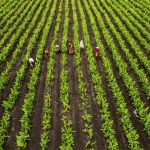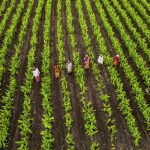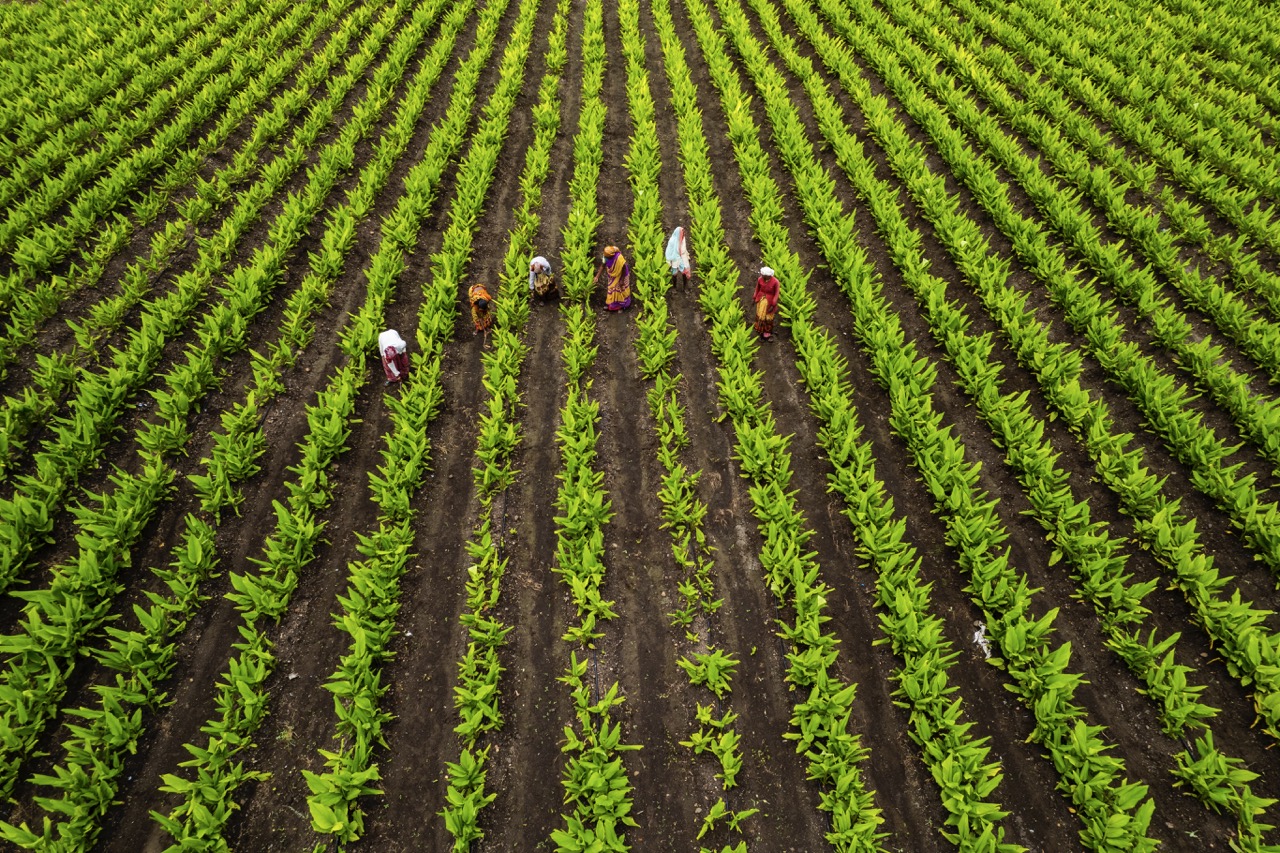Soil degradation is a pressing issue that poses a significant threat to global agriculture and food security. As the world’s population continues to grow, the pressure on agricultural systems intensifies, leading to unsustainable practices that degrade soil health. This article explores the causes and consequences of soil degradation, sustainable agricultural practices, innovative technologies, and policy initiatives aimed at reversing this critical trend.
Understanding the Causes and Consequences of Soil Degradation
Soil degradation is primarily driven by agricultural practices that prioritize short-term yields over long-term sustainability. Intensive farming methods, including monoculture and excessive use of chemical fertilizers and pesticides, result in nutrient depletion and loss of biodiversity. Additionally, deforestation and land conversion for agriculture disrupt natural ecosystems, leading to soil compaction and erosion. Overgrazing by livestock also contributes to the degradation process, stripping the land of vegetation and exposing soil to climatic elements.
The consequences of soil degradation extend far beyond immediate agricultural productivity. Degraded soils can lead to reduced crop yields, threatening food security for millions of people. Furthermore, the loss of soil fertility impacts the nutritional quality of food produced, which can have long-term health implications for populations reliant on agriculture for sustenance. Soil degradation also exacerbates climate change; as soil health declines, its ability to sequester carbon diminishes, releasing greenhouse gases into the atmosphere and contributing to global warming.
Additionally, soil degradation can result in increased poverty and social instability, particularly in developing regions where communities depend heavily on agriculture for their livelihoods. The cycle of poverty can be difficult to break as farmers struggle to produce enough food for their families or to sell for income. This scenario underscores the urgent need for effective strategies to combat soil degradation and promote sustainable agricultural practices.
Implementing Sustainable Agricultural Practices for Soil Health
To combat soil degradation, adopting sustainable agricultural practices is crucial. Crop rotation is one effective method; it involves alternating different crops in the same field to enhance soil fertility and prevent pest buildup. Diverse cropping systems improve soil structure, promote microbial diversity, and help maintain nutrient balance, thereby enhancing resilience against pests and diseases. Additionally, cover cropping can protect soil during off-seasons, preventing erosion and improving organic matter content by adding biomass to the soil.
Organic farming practices also play a vital role in restoring soil health. By minimizing or eliminating synthetic inputs, organic farmers can enrich the soil with natural compost and mulch, which contribute to a thriving ecosystem of beneficial microorganisms. These practices not only help in retaining moisture but also improve soil structure and nutrient availability. The integration of agroforestry, where trees are planted alongside crops, can also enhance biodiversity and stabilize soil, significantly mitigating erosion risks.
Moreover, conservation tillage methods, which reduce or eliminate soil disturbance, can help restore soil structure and promote water retention. These practices enable the soil to maintain its moisture and nutrients, thereby supporting healthier crops. By embracing these sustainable agricultural practices, farmers can foster a balanced ecosystem that enhances productivity while ensuring long-term soil health.
Innovative Technologies to Combat Soil Erosion and Depletion
Technological advancements offer promising solutions to address soil erosion and depletion. Precision agriculture, for instance, utilizes GPS technology and data analytics to optimize field-level management regarding crop farming practices. By analyzing soil health data, farmers can apply fertilizers and water more efficiently, minimizing waste while maximizing yield. These technologies empower farmers to make informed decisions that help maintain soil health and enhance productivity.
Additionally, innovations in soil monitoring technologies allow for real-time assessment of soil conditions. Sensors and drones can provide valuable insights into soil moisture, temperature, and nutrient levels. By closely monitoring these parameters, farmers can proactively manage soil health and address issues before they escalate. This approach not only improves crop output but also enhances resources’ sustainability by reducing the need for chemical inputs and mitigating environmental impacts.
Finally, bioengineering techniques, such as the development of deep-rooting crops and soil-enriching microbes, hold promise in restoring degraded soils. These innovations can enhance soil structure and fertility, making it easier for plants to access nutrients and moisture. The integration of such technologies with traditional farming practices can create a more resilient agricultural system equipped to face the challenges posed by climate change and population growth.
Policy Initiatives to Support Soil Restoration Efforts Globally
Governments and international organizations are increasingly recognizing the need for policy initiatives to combat soil degradation and promote restoration efforts. Global frameworks, such as the United Nations’ Sustainable Development Goals (SDGs), emphasize the importance of sustainable land management and soil health as crucial components of environmental sustainability and food security. These initiatives encourage nations to develop policies that prioritize soil conservation, restoration, and sustainable agricultural practices.
At the national level, governments can support soil restoration by providing incentives for farmers to adopt sustainable practices. Financial assistance for initiatives like cover cropping, organic farming, and agroforestry can motivate farmers to transition from traditional methods that degrade soil. Furthermore, investing in research and development can lead to innovative solutions tailored to regional contexts, ensuring that local agricultural practices are sustainable and effective.
International cooperation is equally important in addressing soil degradation. Collaborative efforts to share knowledge and best practices can help countries learn from each other’s successes and challenges. Organizations like the Food and Agriculture Organization (FAO) and the World Bank can play pivotal roles in facilitating partnerships and funding for restoration projects. By fostering a global commitment to soil health, we can build a more resilient agricultural system that safeguards food security for future generations.
Overcoming soil degradation in agriculture is a multifaceted challenge that requires a collaborative approach incorporating sustainable practices, innovative technologies, and supportive policies. By understanding the causes and consequences of soil degradation, implementing effective agricultural practices, leveraging technological advancements, and promoting global cooperation, we can pave the way toward a more sustainable agricultural future. The health of our soils is fundamental not only to agriculture but also to the well-being of ecosystems and humanity as a whole.










